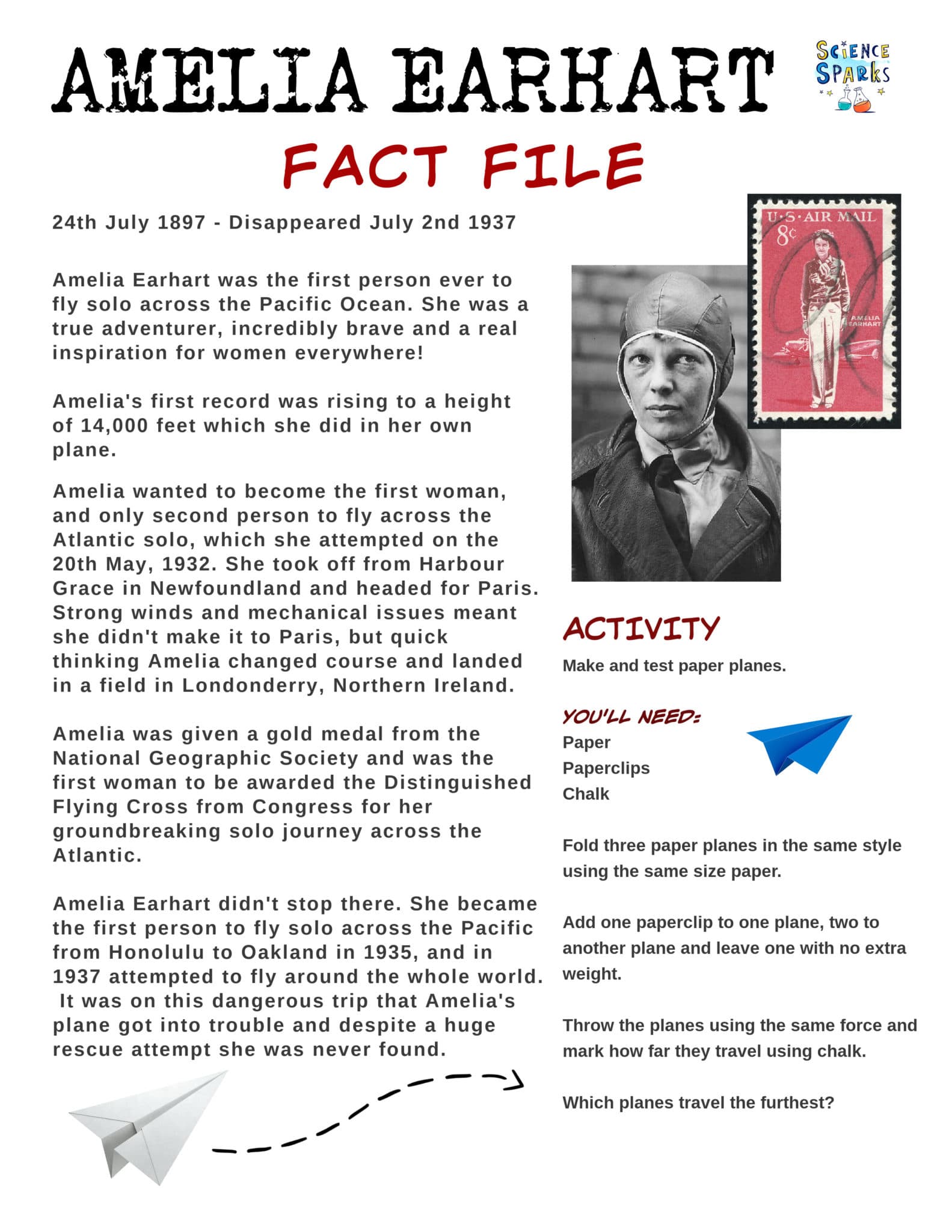


Something intriguing was recovered from the ocean floor with technology beyond any that had ever been used in the search for Amelia Earhart. This was a fitting end to what in many respects was a successful expedition (filmed by National Geographic for a two-hour special airing October 20). Photograph by Rob Lyall, National Geographic “It bends too much.”Īn aerial view of the Nautilus, with the small yellow ROV Hercules seen portside. “It sure looked like aluminum underwater,” said Megan Lubetkin, a member of Nautilus’s science crew.īallard picked up the piece. The silver sheet was more promising, especially since it appeared to have rivet holes. The black fragment wasn’t aluminum so it couldn’t come from Earhart’s Lockheed Electra 10e. Inside the seawater-filled bin was a laptop-size silver sheet and a crumbling black fragment that was part of something that looked like a barrel.īallard examined the items in the ship’s lab. Nautilus was scheduled to leave Nikumaroro for Samoa in an hour.ĭonning black plastic gloves, Ballard slid a container out of the front of the ROV. As Hercules streamed water onto the deck, Robert Ballard, the chief scientist on the expedition, went to check the last samples that the ROV brought up. There were no signs of any bones from the Skipper, The Professor or Mary Ann.Nikumaroro Island, Kiribati Early in the morning on the last day of the expedition to find Amelia Earhart’s plane, the crew of the E/V Nautilus pulled Hercules, a remotely operated vehicle (ROV), out of the ocean. Malley went on to say that the bones of Gilligan and Ginger were also 99.99% accurate. The director of the MAL, John Malley, said that the bones “were an exact match to the DNA to Amelia Earhart. “At low tide, it looks like this place is surrounded by a parking lot.”Īnthropologists who worked on the expeditions that yielded the bone fragments, sent to the Molecular Anthropology Laboratory (MAL) in Bayonne, which has the capacity to extract DNA from both modern and ancient samples. It’s very flat and smooth,” Maloney said. “It looks like she landed successfully on the reef surrounding the island. Other findings, including evidence of the cooking and eating of local sea life, were noted, as well. Over the years, a woman’s shoe, a glass bottle with trace amounts of lanolin and oil and makeup products have been found on the scene. The campsite, where a partial skeleton (which was later lost and never recovered) was found in 1940 by a British official overseeing the island, has yielded other clues that a Western woman may have spent time there. The bone fragments were found this past summer at what is believed to be an abandoned campsite on the island. Jack Maloney, director of the Society for Historic Bone Recovery, said that the island was on Earhart’s flight path as she attempted to become the first woman to fly around the world.


Scientists at a DNA lab on Kiribati, a small island in the southwest Pacific Ocean, confirmed that bone fragments they found belong to American icon Amelia Earhart, missing and presumed dead for the past 73 years.Įven more startling was the discovery of the bone fragments of Gilligan…Ī group of Bone Hunters from Delaware, found the bone fragments on Kiribati, which straddles the equator between Hawaii and Australia. Along with the bones of Gilligan and Ginger! KIRIBATI – The bones of Amelia Earhart have been found.


 0 kommentar(er)
0 kommentar(er)
